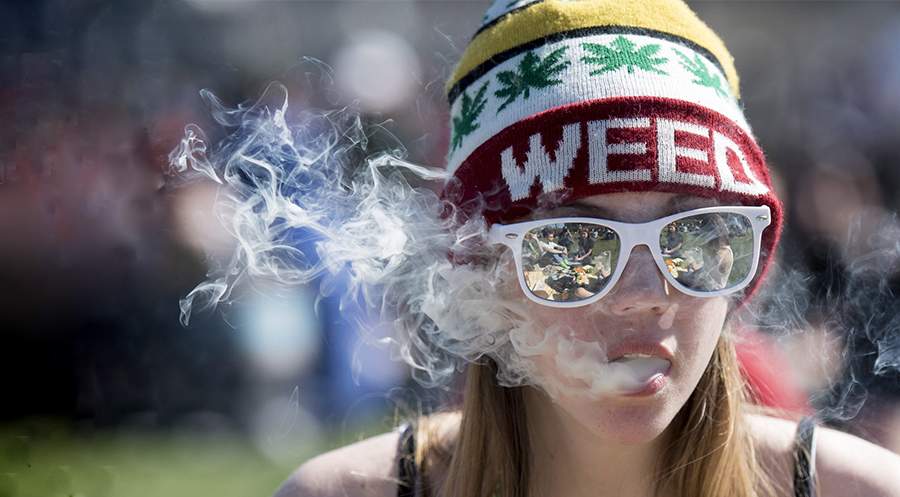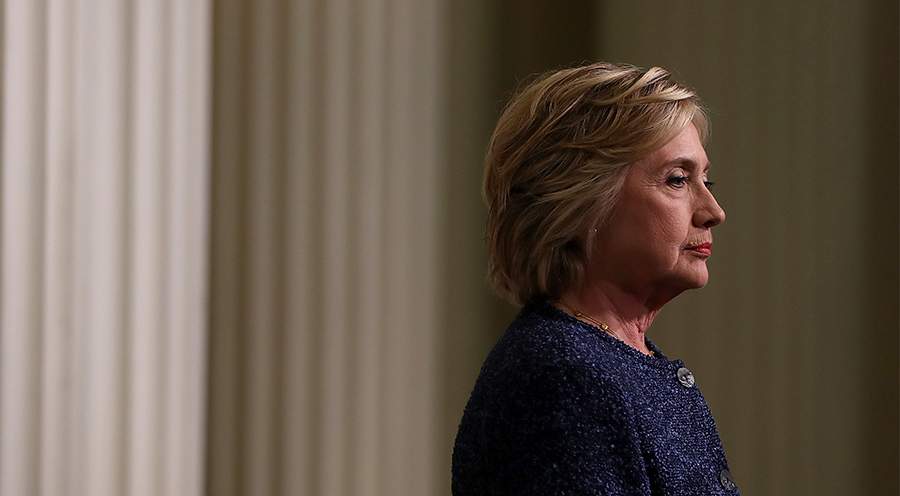One of the main arguments against the legalization of cannabis in the United States is that it will make the plant easily accessible to teenagers who are not old enough to consume responsibly. Though this reasoning seems sound at first glance, recently released data from the Substance Abuse and Mental Health Services Administration (SAMHSA) shows the fewer American teenagers are getting stoned since legalization of medicinal use has spread throughout the country.
Interestingly enough, a recently conducted study in Europe has found the complete opposite, that their teenagers are consuming cannabis at a rising rate. The recently released 2015 European School Survey Project on Alcohol and other Drugs (ESPAD) report shows that lifetime use has increased from 11% in 1995 to 17% in 2015, while current cannabis use has increased from 4% to 7% over the same time period. The data includes all EU countries aside from Germany and the UK, while data for Spain is incomplete.
Among those surveyed, 21% considered themselves to be “current smokers”, while the highest total of current users came from Italy (37%). The survey also from that, between 1995 and 2015, alcohol use in the past 30 days had fallen from 56% to 47%, which may provide insight into why the alcohol industry is fighting so vehemently against cannabis legalization. For surveyed lifetime users, the highest percentage was from Czech teenagers (37%), which showcased a higher level than similar reports on US teens, which amounted to 31%.
One chart on cannabis use in the last 30 days by gender showcases that while male use has slightly dipped, female teenager use has increased over the years. According to ESPAD, cannabis was more readily available throughout the 25 surveyed countries compared to other drugs such as ecstasy and cocaine. The study also found that there was little to no correlation between anti-drug legislation and cannabis data, proving that harsh restrictions don’t necessarily mean a country will consume less than others.
While results varied greatly from country-to-country, the ESPAD report did portray upward trends in cannabis use in Bulgaria, Greece, Poland, and Romania. The most promising correlation discovered in the survey relates to the decreases in cigarette and alcohol use among 15- and 16-year-olds, which has steadily dipped over the last ten years while cannabis use has increased in that age group.
So, why is it that teens in the United States are consuming less while trends in Europe seem to be on the upswing? Well, one major reason could be that cannabis is becoming socially accepted as a medicianl product across the United States, which helps eliminate the taboo of cannabis use, and thus makes it less compelling to use as a tool for teenage rebellion. Another possible reason is that, as cannabis becomes more obtainable on an international level, European teens may have better access than they did back in 1995.
All in all, the findings are extremely interesting and should be welcomed by cannabis advocates across the world. Though we shouldn’t exactly be celebrating teen use of cannabis, the fact that cigarette and alcohol use have decreased over the same period of time is reason enough to celebrate.











